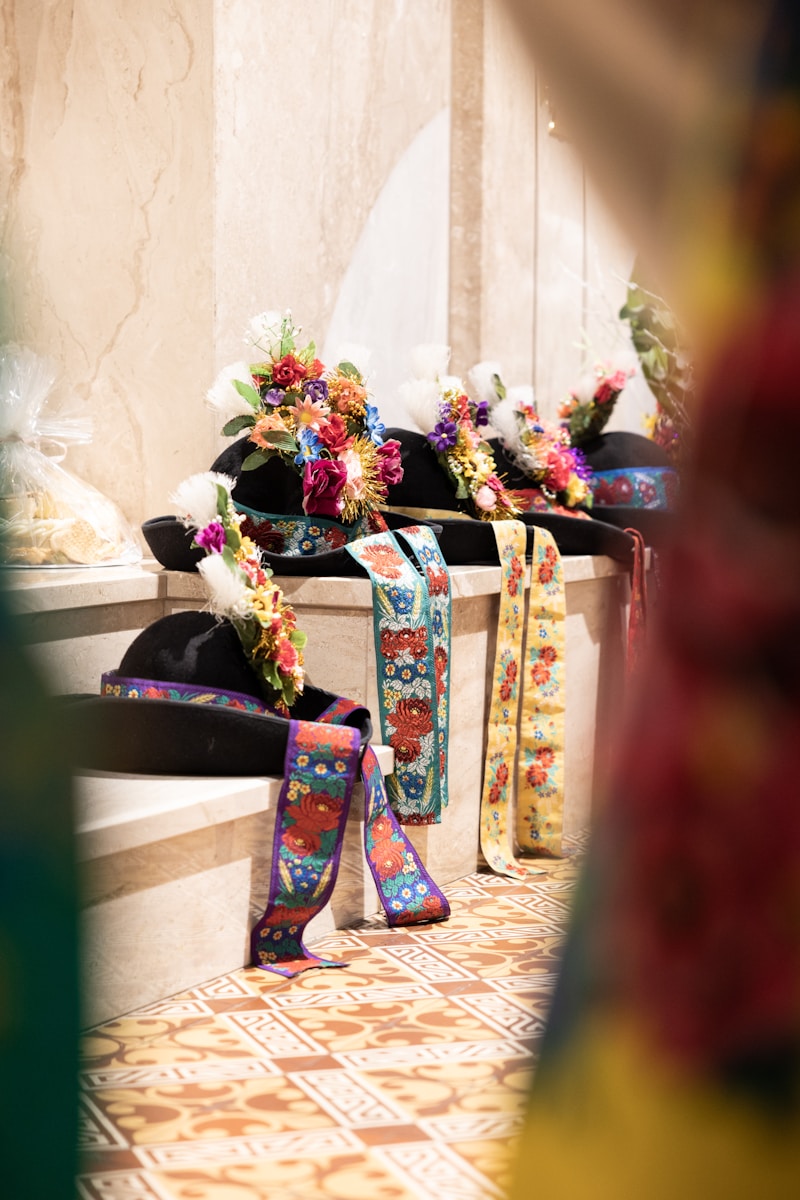Traditional Music and Dance in Weddings: A Cultural Celebration
Weddings are a celebration of love, commitment, and cultural heritage. One of the most vibrant aspects of weddings around the world is the integration of traditional music and dance. This article explores the significance of traditional music and dance in weddings, highlighting various cultures, their unique customs, and the emotional connections these practices create. Whether you are planning a wedding or simply interested in cultural traditions, understanding the role of music and dance in these ceremonies can enhance your appreciation for this beautiful ritual.
The Importance of Traditional Music and Dance in Weddings
From the joyous melodies of a wedding march to the rhythmic movements of traditional dance, music and dance play a crucial role in wedding ceremonies. They not only enhance the festive atmosphere but also serve as a means of expressing emotions, telling stories, and honoring cultural heritage.
Cultural Variations Across the Globe
Different cultures incorporate their unique traditional music and dance styles into wedding ceremonies. Here are a few examples:
| Culture | Traditional Music | Dance Styles |
| Indian | Classic instruments like sitar and tabla; Bollywood songs | Bhangra, Garba, and classical Indian dance forms |
| Mexican | Mariachi bands | Jarabe Tapatío (Mexican Hat Dance) |
| Scottish | Celtic music played with bagpipes | Highland dances like the Sword Dance |
| African | Drumming and vocal music | Traditional African dance |
As seen in the table above, traditional music and dance differ vastly from one culture to another, highlighting the rich diversity in wedding customs.
Indian Weddings: A Symphony of Color and Sound
In India, weddings are grand affairs that involve a week of festivities. Traditional music, such as the rhythmic beats of the dhol and the melodious notes of the sitar, set the tone for the celebrations. Songs from Bollywood also find their way into wedding playlists, inviting guests to join in the fun. Traditional dances, such as Bhangra and Garba, are integral to the celebrations, encouraging everyone to participate and create joyful memories.
Mexican Weddings: A Fiesta of Love
Mexican weddings are known for their vibrant energy and lively music. Mariachi bands play a critical role, performing romantic ballads and festive tunes that resonate with the couple's love story. The Jarabe Tapatío, commonly known as the Mexican Hat Dance, is often performed during the reception, bringing guests together on the dance floor.
Scottish Weddings: A Celebration of Heritage
Scottish weddings feature traditional bagpipe music, which evokes a sense of history and unity. Dances such as the Highland Fling and the Sword Dance are performed, often by the couple and their guests, creating an atmosphere of celebration that pays homage to their cultural roots.
The Emotional Significance of Music and Dance
Traditional music and dance are not merely entertainment; they invoke deep emotional connections. They help convey feelings of joy, love, and celebration. The enchanting tunes and rhythmic movements allow families and friends to unite, share memories, and create new experiences together. Often, these moments are accompanied by laughter, tears, and a sense of fulfillment that come from participating in longstanding traditions.
Incorporating Traditional Music and Dance into Your Wedding
Are you considering how to integrate traditional music and dance into your own wedding? Here are some tips:
- Research Your Heritage: Delve into your cultural background and explore traditional music and dance forms that resonate with you.
- Hire Local Musicians: Consider hiring musicians or dance troupes who specialize in your chosen genre to provide authentic entertainment during your wedding.
- Create a Playlist: Curate a playlist that includes both traditional songs and modern tunes that reflect your personality as a couple.
- Encourage Guest Participation: Designate moments during the ceremony or reception for guests to join in the dancing. This can foster a sense of togetherness.
Conclusion: Celebrating Love Through Music and Dance
Traditional music and dance in weddings are windows to a culture's soul, showcasing its values, beliefs, and shared history. By embracing these art forms, couples can honor their heritage while creating unforgettable experiences for themselves and their guests. No matter where you or your loved ones are from, there exists a rich tapestry of music and movement waiting to enhance your special day.
When planning your wedding, remember to consider the emotional impact of music and dance. They are not just embellishments; they are an integral part of the wedding experience, providing opportunities for joyfulness, connection, and celebration of love. Embrace these traditions, and let them guide you in creating a day that truly reflects who you are.
